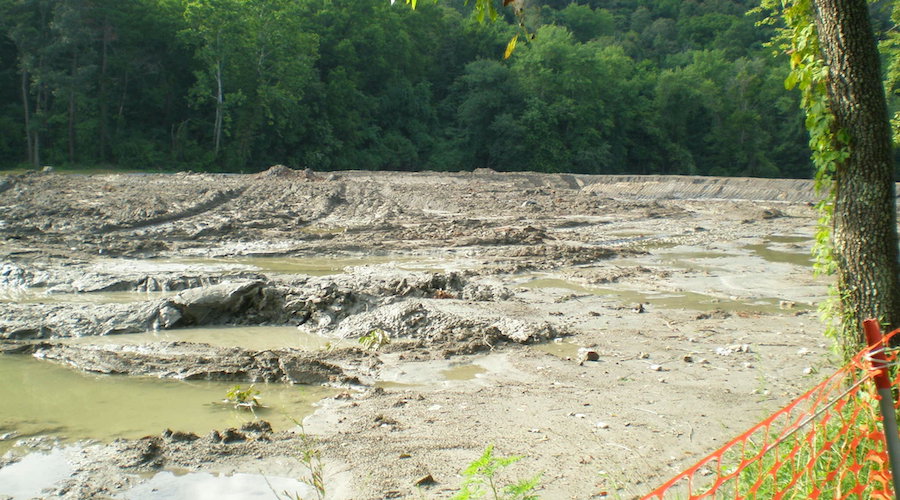
In a recent study, Duke University researchers show that the amount of toxic selenium and arsenic able to escape from coal ash depends largely on their nanoscale structures.
Using one of the newest, most advanced synchrotron light sources in the world—the National Synchrotron Light Source II at Brookhaven National Laboratory—, the authors embarked on a mission to figure out which sources of coal ash pose a hazardous risk due to its chemical makeup.
The answer, however, remained elusive.
“These results show just how complex coal ash is as a material,” Helen Hsu-Kim, co-author of the paper published in Environmental Science: Nano, said in a media statement. “For example, we saw arsenic and selenium either attached to the surface of fine grain particles or encapsulated within them, which explains why these elements leach out of some coal ash sources more readily than others.”
It’s long been known that factors in the surrounding environment such as pH affect how well toxic elements can move from source to surroundings. In previous research, Hsu-Kim showed that the amount of oxygen in a toxin’s surroundings can greatly affect its chemistry and that different sources of coal ash produce vastly different levels of byproducts.
But just because one source of coal ash is high in arsenic doesn’t necessarily mean that high amounts of arsenic will leach out of it. Similarly, various sources of ash respond differently to the same environmental conditions.
To try to figure this out, Hsu-Kim decided to take an even closer look at the source itself.
“Researchers in the field typically use X-ray microscopy with a resolution of one or two micrometres, which is about the same size as the fly ash particles themselves,” she said. “So if a single particle is a single pixel, you’re not seeing how the elements are distributed across it.”
To shrink these pictures’ pixels to the nanoscale, Hsu-Kim turned to Catherine Peters at Princeton University, to acquire time on the National Synchrotron Light Source II. The machine creates light beams 10 billion times brighter than the sun to reveal the chemical and atomic structure of materials using light beams ranging from infrared to hard X-rays.
Brookhaven’s capabilities were able to provide the researchers with a nanoscale map of each particle along with the distribution of elements in each particle. The incredible resolution revealed that coal ash is a compilation of particles of all kinds and sizes.
For example, in one sample the researchers saw individual nanoparticles of selenium that were attached to bigger particles of coal ash, which is a chemical form of selenium that probably isn’t very soluble in water. But most of the ash had arsenic and selenium either locked inside individual grains or attached at the surface with relatively weak ionic bonds that are easily broken.
“It was almost like we saw something different in every sample we looked at,” Hsu-Kim said. “The wide array of differences really highlights why the main characteristic that we care about—how much of these elements leach out of the ash—varies so much between different samples.”
While nobody can say for sure what causes the coal ash to develop its unique composition, Hsu-Kim guesses that it is likely mostly related to how the coal was originally formed millions of years ago. But it might also have something to do with the power plants that burn the coal.
Some plants inject activated carbon or lime into the flue gas, which captures mercury and sulphur emissions, respectively. At 1000 degrees Fahrenheit, toxins such as arsenic and selenium in the flue are gaseous, and the physics that dictate how the particles will cool and recombine to form ash is uncontrollable.
But regardless of the how, researchers now know that they should be paying closer attention to the fine details encapsulated within the end results.